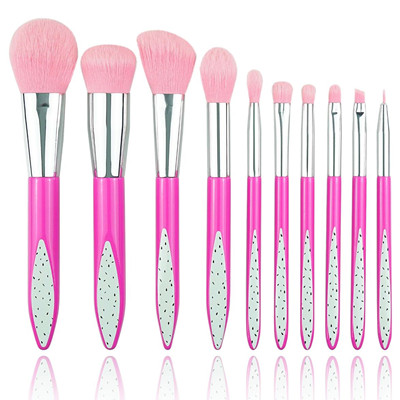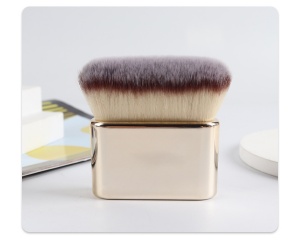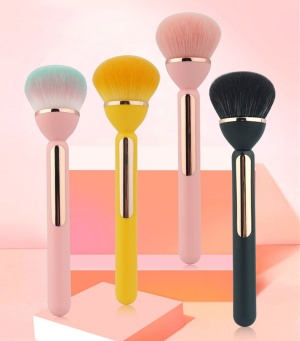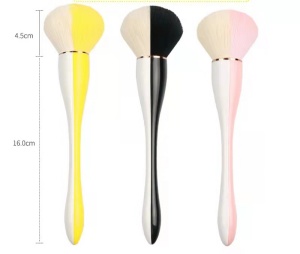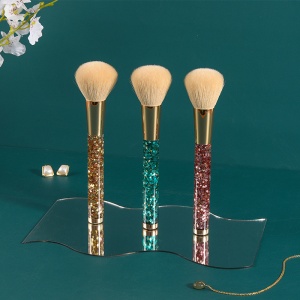Base Tariff
According to the "reciprocal tariff" policy of the United States that came into effect on April 5, a 10% base tariff will be applied to goods from all countries/regions that have not signed a bilateral trade agreement.
Cumulative additional tariffs on China
The United States will impose additional tariffs on Chinese goods exported to the United States in stages in 2025:
20% extra tariffs in February-March 2025;
34% extra tariffs in April 2025.
After adding the original average tariff rate of 10.7% in 2024, the cumulative effective tariff rate reaches 64.7%.
34% extra tariffs in April 2025.
After adding the original average tariff rate of 10.7% in 2024, the cumulative effective tariff rate reaches 64.7%.
Exemption Policy
The tax exemption policy for small items below $800 has been cancelled on February 4, 2025, and all Chinese imports are subject to tax regardless of the amount.
The exemption list announced by the United States does not explicitly include makeup brushes, so the relevant products are subject to full tariffs.
In summary: As of May 4, 2025, the total tariff rate for Chinese-made makeup brushes entering the U.S. market is approximately 64.7%, including the base rate and the cumulative additional tariff.
Impact
1. Taking high-end makeup brushes as an example, US importers will face a combined tax rate of 64.7% , resulting in a significant increase in end prices or compression of profits.
2. Due to the cancellation of the tax exemption policy for low-value makeup brushes (such as single-piece or small sets) in cross-border e-commerce channels, customs clearance costs and complexity have increased.
3. Chinese makeup brush manufacturers face a dilemma: raise prices and lose price competitiveness, or bear the costs themselves and see a decline in profits.
4. Some makeup brush manufacturers plan to transfer production to Southeast Asia or Mexico to avoid tariffs, but the import of raw materials and localized production still face challenges.
5. American cosmetics brands (such as Estee Lauder) may face rising costs in China due to China's retaliatory tariffs, while European and Chinese brands may take the opportunity to seize market share.
6. The global supply chain is accelerating regionalization, and low-tariff regions such as Southeast Asia and Central and Eastern Europe have become the focus of corporate layout
2. Due to the cancellation of the tax exemption policy for low-value makeup brushes (such as single-piece or small sets) in cross-border e-commerce channels, customs clearance costs and complexity have increased.
3. Chinese makeup brush manufacturers face a dilemma: raise prices and lose price competitiveness, or bear the costs themselves and see a decline in profits.
4. Some makeup brush manufacturers plan to transfer production to Southeast Asia or Mexico to avoid tariffs, but the import of raw materials and localized production still face challenges.
5. American cosmetics brands (such as Estee Lauder) may face rising costs in China due to China's retaliatory tariffs, while European and Chinese brands may take the opportunity to seize market share.
6. The global supply chain is accelerating regionalization, and low-tariff regions such as Southeast Asia and Central and Eastern Europe have become the focus of corporate layout
